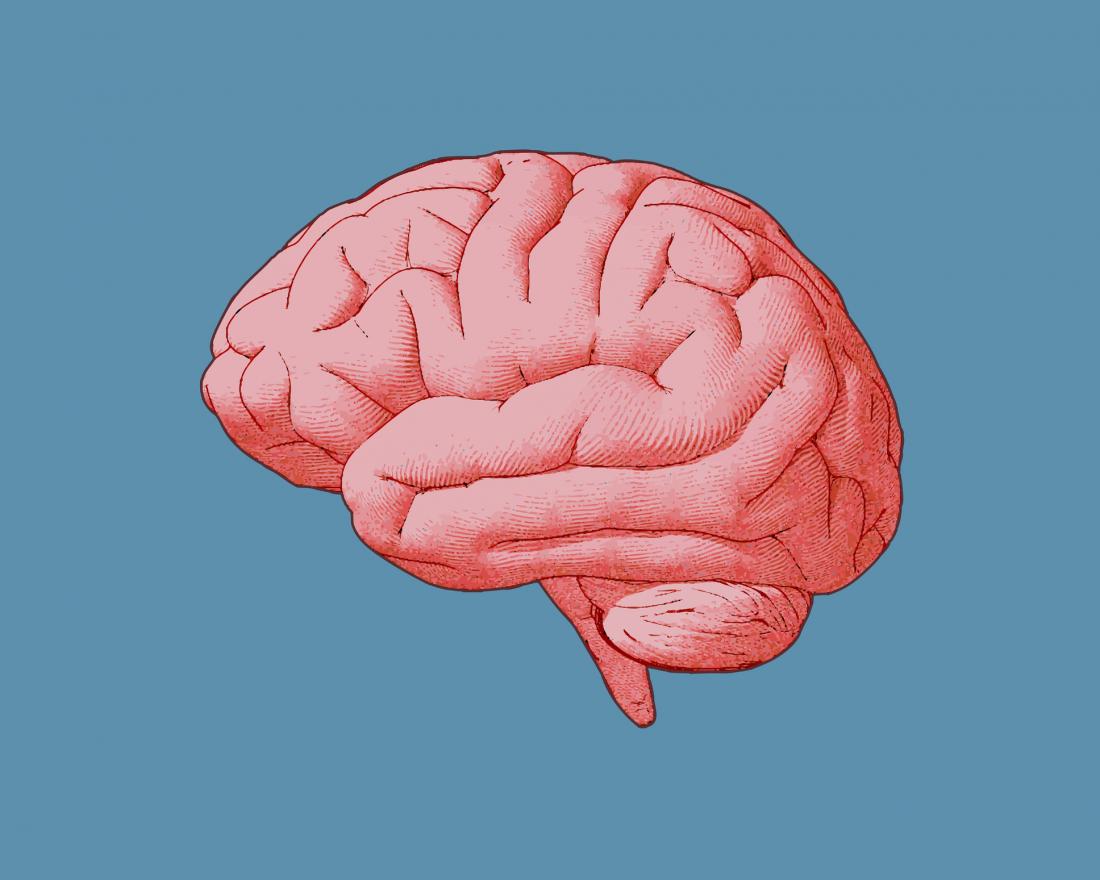Stimulating brain with ultrasound can influence decisions

A noninvasive, low-intensity ultrasound method that targets nerve cells, or neurons, can alter brain function to influence decision-making.
Scientists have demonstrated the technique in a recent study, in which they disrupted "counterfactual thinking" in primates.
Counterfactual thinking, or counterfactual reasoning, is a type of decision-making that involves considering options that are not available now but could be in the future.
For example, a person working indoors on a sunny day who says to themselves, "I could be outside enjoying the sunshine," is engaging in counterfactual thinking.
The recent study is the first to show that a frontal brain region known as the anterior cingulate cortex can regulate counterfactual thinking.
In a paper in Nature Neuroscience, the authors describe how they altered counterfactual thinking in macaque monkeys by targeting neurons in their anterior cingulate cortex with noninvasive, low-intensity ultrasound.
'Internal representations of choices'
Research on decision-making has tended to focus on brain circuits that control responses to current stimuli. However, the authors note that "Animals often pursue behaviors for which there is currently no sensory evidence."
They argue that, to be able to do this, animals have to maintain "internal representations" of choices, "even when these choices are unavailable."
In other words, animals must have some capacity for counterfactual thinking, or thinking about choices that are unrelated to current experience.
"This is a really exciting study for two main reasons," says lead and corresponding study author Elsa Fouragnan, Ph.D., who works at the University of Plymouth School of Psychology, in the United Kingdom.
The first reason for being excited by the study, she explains, is because the findings reveal that "the cingulate cortex is crucial to help switch to better alternatives."
And the second reason, she adds, is because the results show that "low-intensity ultrasound can be used to reversibly change brain activity in [a] very precise part of the brain."
